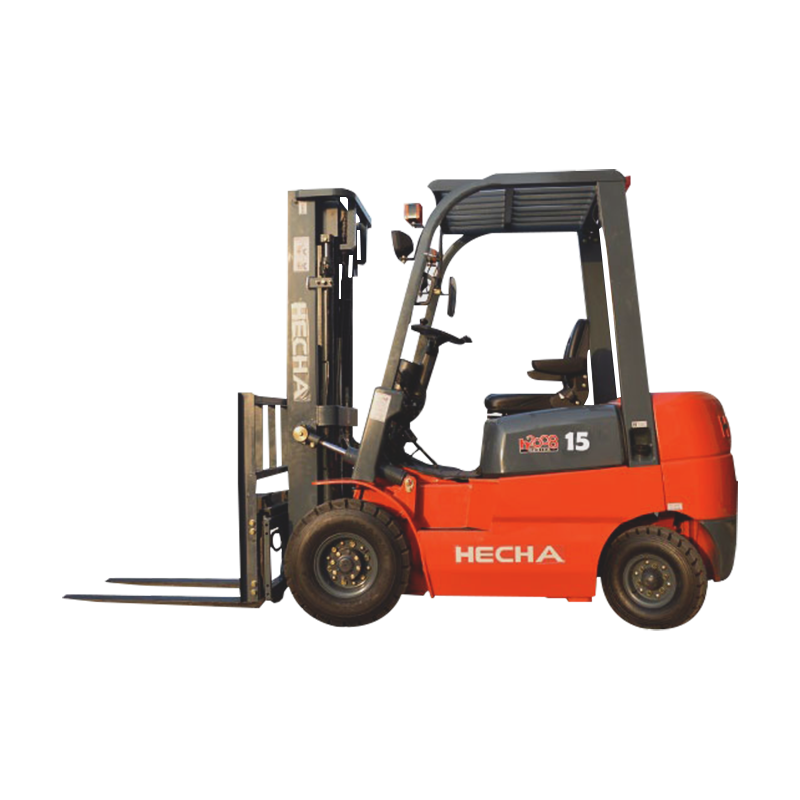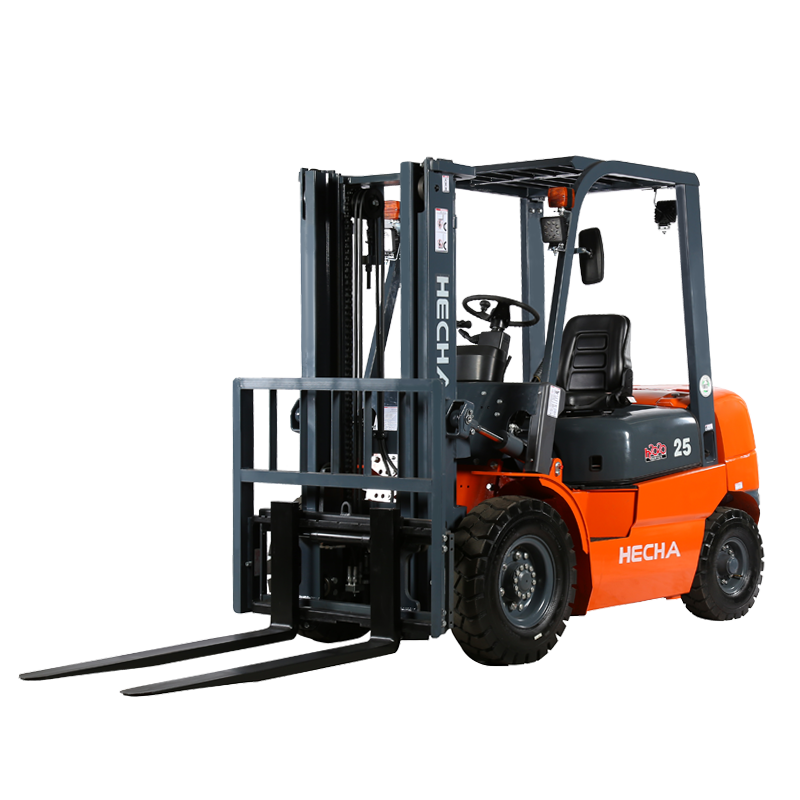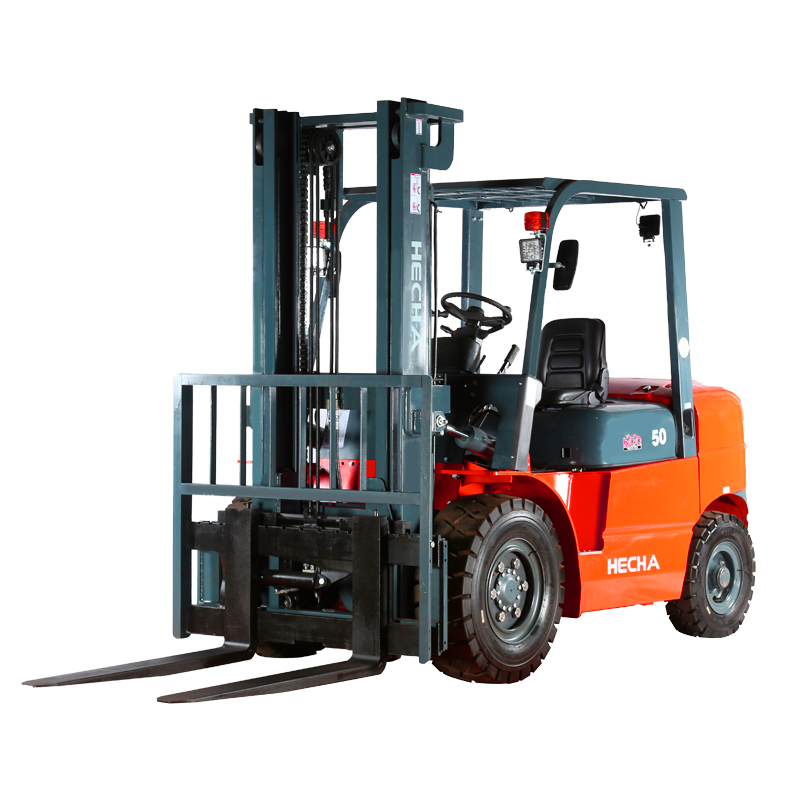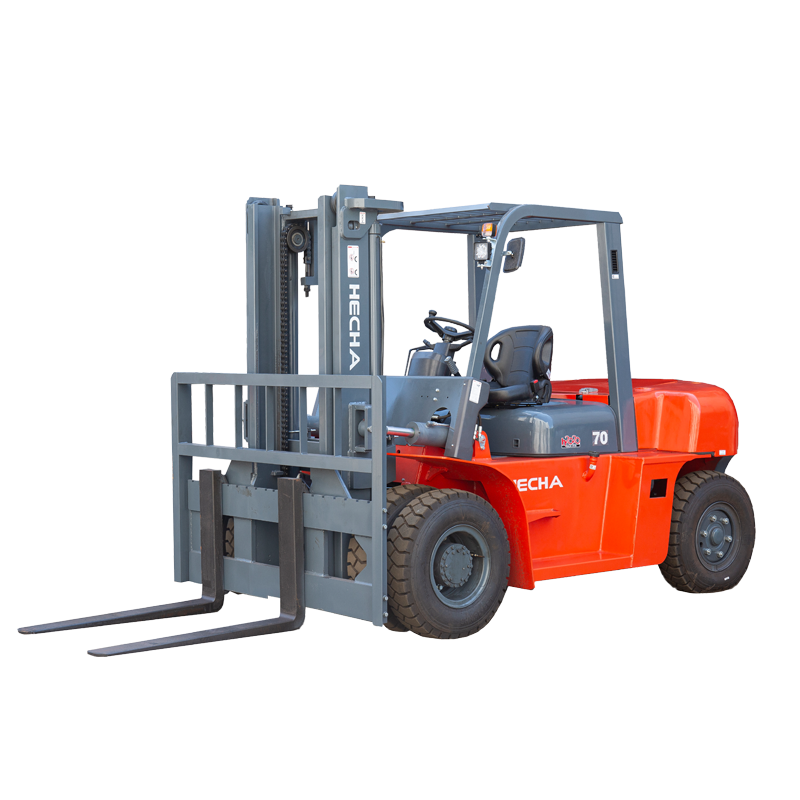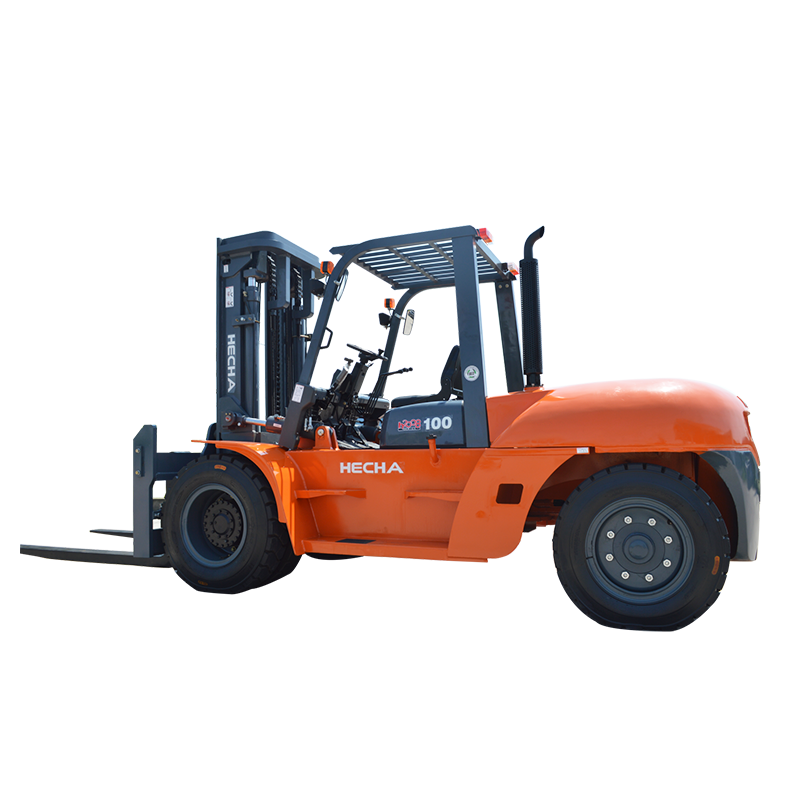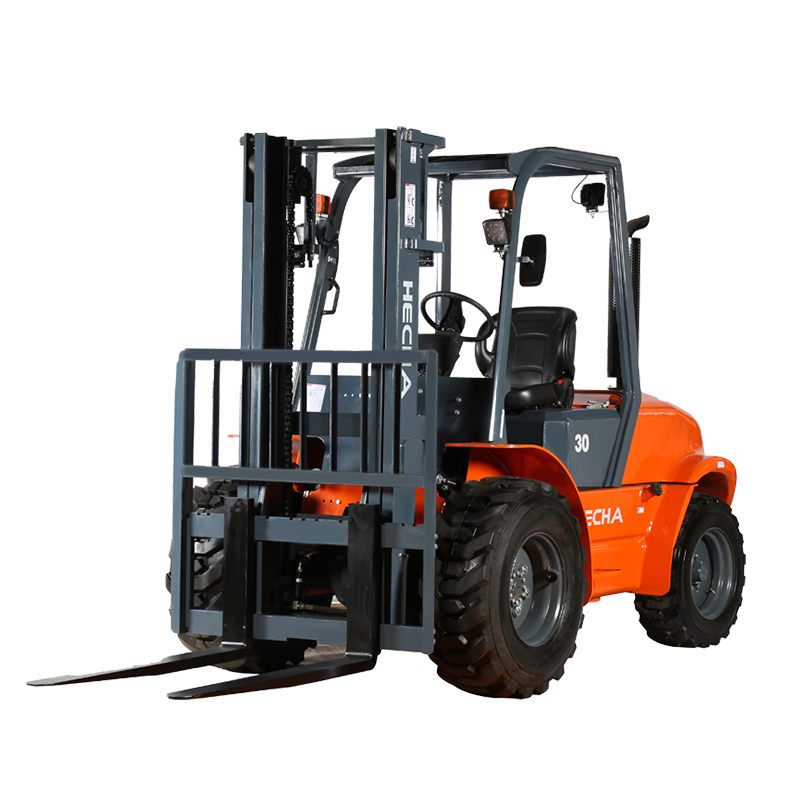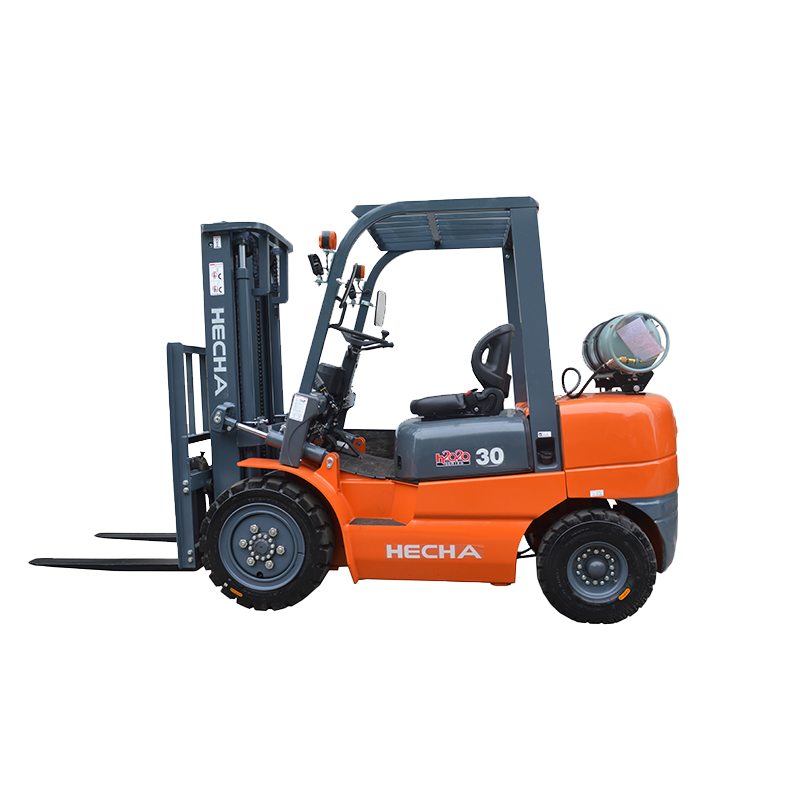When choosing a rough terrain forklift, one of the key decisions is whether to opt for a 2WD rough terrain forklift or a 4WD model. While both have their merits, a 2WD rough terrain forklift offers several distinct advantages in terms of cost, maintenance, maneuverability, and efficiency.
Cost efficiency and initial investment
One of the most significant advantages of a 2WD rough terrain forklift is its lower initial cost compared to a 4WD model. The simplified drivetrain reduces manufacturing complexity, resulting in a more affordable machine. For businesses operating on tight budgets, a 2WD rough terrain forklift can provide substantial savings without sacrificing essential functionality. Additionally, financing and insurance costs are typically lower due to the reduced purchase price.
Maintenance expenses are also generally lower for a 2WD rough terrain forklift. With fewer drivetrain components, there are fewer parts that can wear out or fail. This translates to reduced servicing costs over the machine’s lifespan. Unlike 4WD models, which require regular checks on differentials and transfer cases, a 2WD rough terrain forklift has a more straightforward maintenance routine.
Fuel efficiency and operational costs
Another key benefit of a 2WD rough terrain forklift is improved fuel efficiency. Since power is only delivered to two wheels, the engine does not need to work as hard as in a 4WD system. This results in lower fuel consumption, making the 2WD rough terrain forklift a more economical choice for long-term operations. Companies that prioritize sustainability and cost-saving measures will find this aspect particularly appealing.
Maneuverability and ease of operation
A 2WD rough terrain forklift is often lighter and more agile than its 4WD counterpart. This makes it easier to maneuver in tight spaces or on moderately uneven terrain. Operators frequently report that 2WD models are more responsive and easier to control, especially in environments where full 4WD capability is unnecessary. For applications such as lumber yards, construction sites with prepared surfaces, or agricultural storage facilities, a 2WD rough terrain forklift can provide sufficient traction without the added complexity of a 4WD system.
Reduced mechanical complexity and reliability
Simpler mechanics mean fewer potential points of failure. A 2WD rough terrain forklift has a less complicated transmission and drivetrain, which enhances overall reliability. This is particularly beneficial in industries where downtime can lead to significant financial losses. With fewer components to maintain or replace, businesses can expect longer service intervals and reduced unexpected breakdowns.
Suitability for specific terrains
While a 4WD rough terrain forklift excels in extreme off-road conditions, a 2WD rough terrain forklift is often more than adequate for less demanding environments. Many worksites feature compacted gravel, hard-packed dirt, or paved sections where 4WD is unnecessary. By choosing a 2WD rough terrain forklift, businesses avoid over-specifying their equipment, ensuring they only pay for the capabilities they truly need.
Weight distribution and tire wear
A 2WD rough terrain forklift typically has a more balanced weight distribution since it lacks the additional components of a 4WD system. This can lead to more even tire wear, reducing replacement frequency and associated costs. In contrast, 4WD models may experience uneven tire degradation due to the extra strain on the drivetrain.
Summary of key advantages
To summarize, the primary advantages of a 2WD rough terrain forklift over a 4WD model include:
| Advantage | Explanation |
|---|---|
| Lower initial cost | Reduced manufacturing complexity leads to a more affordable purchase price. |
| Lower maintenance costs | Fewer drivetrain components mean less frequent and less expensive servicing. |
| Better fuel efficiency | Power is only delivered to two wheels, reducing fuel consumption. |
| Improved maneuverability | Lighter weight and simpler controls enhance handling in confined spaces. |
| Higher reliability | Fewer mechanical parts reduce the likelihood of breakdowns. |
| Optimized for moderate terrain | Performs well on hard-packed or semi-prepared surfaces without unnecessary 4WD complexity. |
While a 4WD rough terrain forklift is indispensable for extreme off-road applications, a 2WD rough terrain forklift offers compelling advantages for many businesses. From cost savings and fuel efficiency to easier maintenance and reliable performance, the 2WD model is a practical choice for operations that do not require the full capabilities of 4WD. By carefully assessing terrain conditions and operational needs, companies can determine whether a 2WD rough terrain forklift is the right fit for their requirements.

 English
English 中文简体
中文简体 русский
русский Français
Français Español
Español

